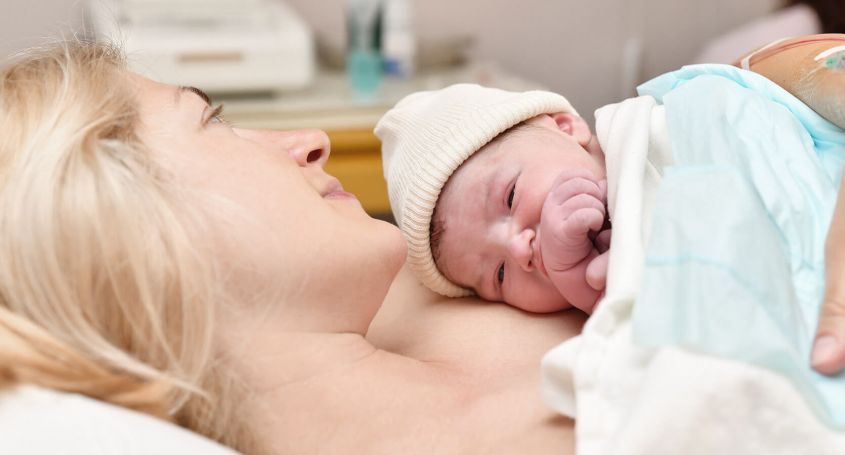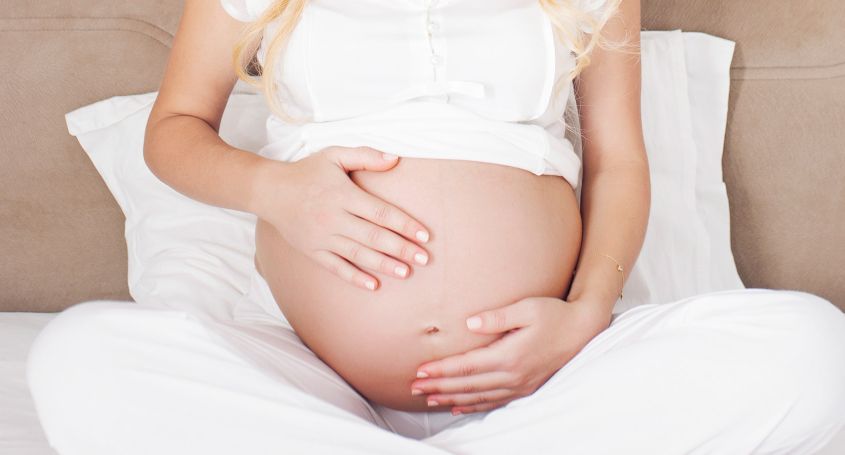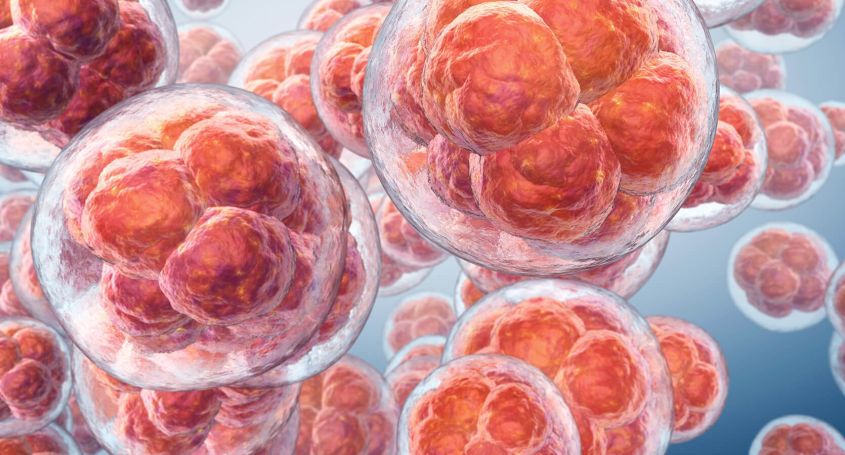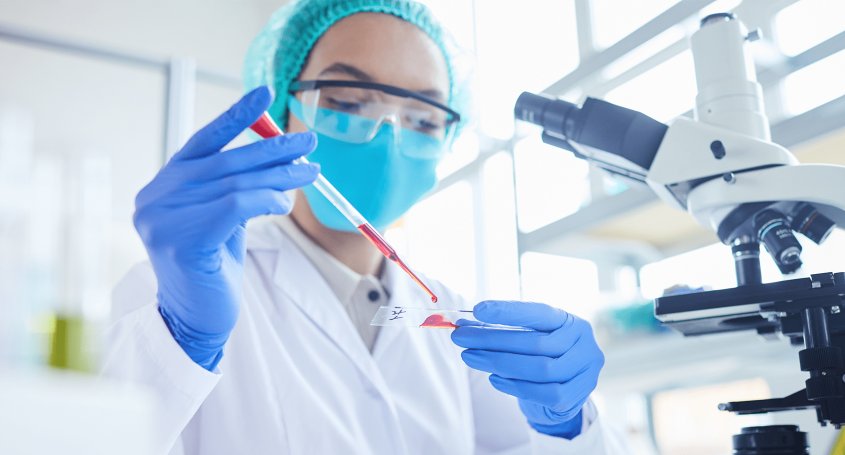The concept of "ovarian rejuvenation" is of increasing interest to patients seeking options to improve their fertility. Although it is still a developing field of research and not an established treatment, several studies have emerged in recent years exploring this avenue as a possible alternative for women with limited reproductive options.
What is ovarian rejuvenation?
This term groups together a series of experimental techniques aimed at stimulating ovarian activity, promoting the development of new follicles or improving the quality of eggs.
The idea is to offer an alternative to women with low ovarian reserve or premature ovarian failure, for whom conventional in vitro fertilisation (IVF) treatments usually have a lower success rate.
Why the interest in ovarian rejuvenation?
Female fertility is directly related to age and the quantity and quality of oocytes. From the age of 35 onwards, ovarian reserve decreases more markedly. In this context, the possibility of "reactivating" the ovaries is very attractive.
At present, the option with the best results for women who do not respond to ovarian stimulation or who present premature ovarian failure is still oocyte donation.
What techniques are currently being researched?
Among the most important lines of research are the following:
- Platelet-rich plasma (PRP): is obtained from the patient's own blood. The aim is to concentrate the growth factors naturally present in the blood plasma, and then inject it into the ovaries in order to stimulate the ovarian cells and promote the reactivation of dormant follicles..
- In vitro follicle activation (IVA): consists of extracting fragments of ovarian tissue, treating them in the laboratory to activate any dormant follicles and then reimplanting them in the patient.
- Stem cells and gene therapy: is studying the possibility of regenerating ovarian tissue using stem cells or by modifying certain genetic pathways. This technique is in the very early stages of research.
- Other approaches: pharmacological treatments and surgical techniques aimed at improving the vascularisation of the ovaries are also being investigated.
What results have been published so far?
The available studies are mostly preliminary and small in size. Some have described the recovery of menstrual cycles or even oocyte retrieval after PRP or VIA. However, the data are very limited and do not allow any firm conclusions to be drawn.
For this reason, the main international scientific societies consider that there is still not enough evidence to recommend these techniques in routine clinical practice.
What realistic expectations can a patient have?
Ovarian rejuvenation generates a lot of attention because it touches on a very sensitive point: the possibility of restoring ovarian function and achieving pregnancy with one's own eggs in women with low ovarian reserve.
However, it is essential to adjust expectations and to understand the current status of this line of research:
- This is not an established treatment. Ovarian rejuvenation techniques are still experimental, and their efficacy and safety have not yet been validated by the scientific community.
- Published results are very limited. Although there are occasional cases of menstrual cycle retrieval or even oocyte retrieval, the studies available are small, heterogeneous and with no guarantee of reproducibility.
- The risks are not entirely clear. Although in many cases the patient's own materials (blood, ovarian tissue) are used, any invasive procedure carries risks, and there is as yet no data on possible long-term effects.
At this time, the most realistic expectation is to consider ovarian rejuvenation as a promising avenue of research, but not as an immediate solution. For women who wish to explore this option, it is best to do so in controlled clinical trials, with clear and transparent information about its limitations.
Dr. Cristina Guix
Fertility expert gynaecologist in Barcelona IVF















